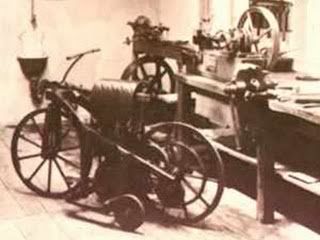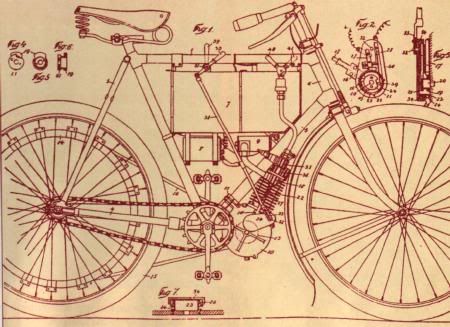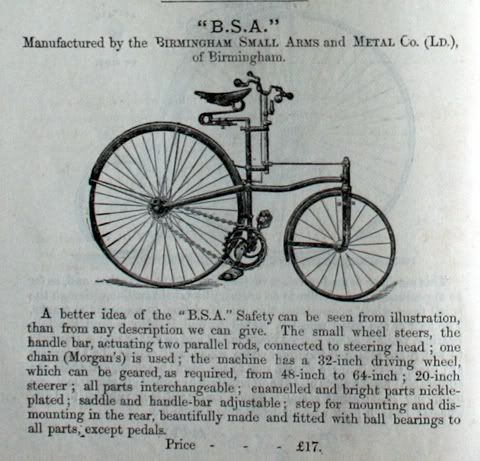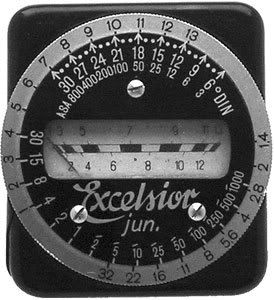Make: Royal Enfield
Type: 201 2,5 HP
Year: 1923
CC: 225
Cylinder: 1
Description
Royal Enfield 1923 Model 201 2 ¼ HP 225 cc two stroke frame # 5983 engine # E5592
The Redditch based Royal Enfield firm entered the motorcycle business as early as 1898. In the early days engines from De Dion powered their tricycles and quadricycles; Minerva supplied the power for the first motorized cycles. In the years before WW I the company was very successful with light Motosacoche-engined V twins. These machines were equipped with the famous Enfield two-speed gear, involving twin primary chains. In the rear wheel hub a rubber cush drive was fitted, to take the punch out of the chaindrive. This feature was to be incorporated into all Royal Enfields until the very end. In the 1914 Junior TT eight out of nine Royal Enfield twins finished, with a very creditable five in the first twenty places.
Directly after the Great War Enfield marketed two successful models: the light 2 ¼ HP two stroke and the V-twin sidecar machine. Actually the little two stroke had already been presented to the public in 1914, but due to the war few machines were made before 1919. The machine’s frame is remarkable in that the top rail is set at an angle down from the headstock to the saddle tube. This gives a low saddle position without the necessity to bend (and weaken) the top tube. This arrangement also results in a handsome, wedge shaped petrol tank. The power from the engine is transmitted through Enfield’s own two speed gear and the handsome little machine has comfortable sprung footboards and leg shields. Note the typical “tram handle” gear change lever.
Categories:
Royal Enfield
















